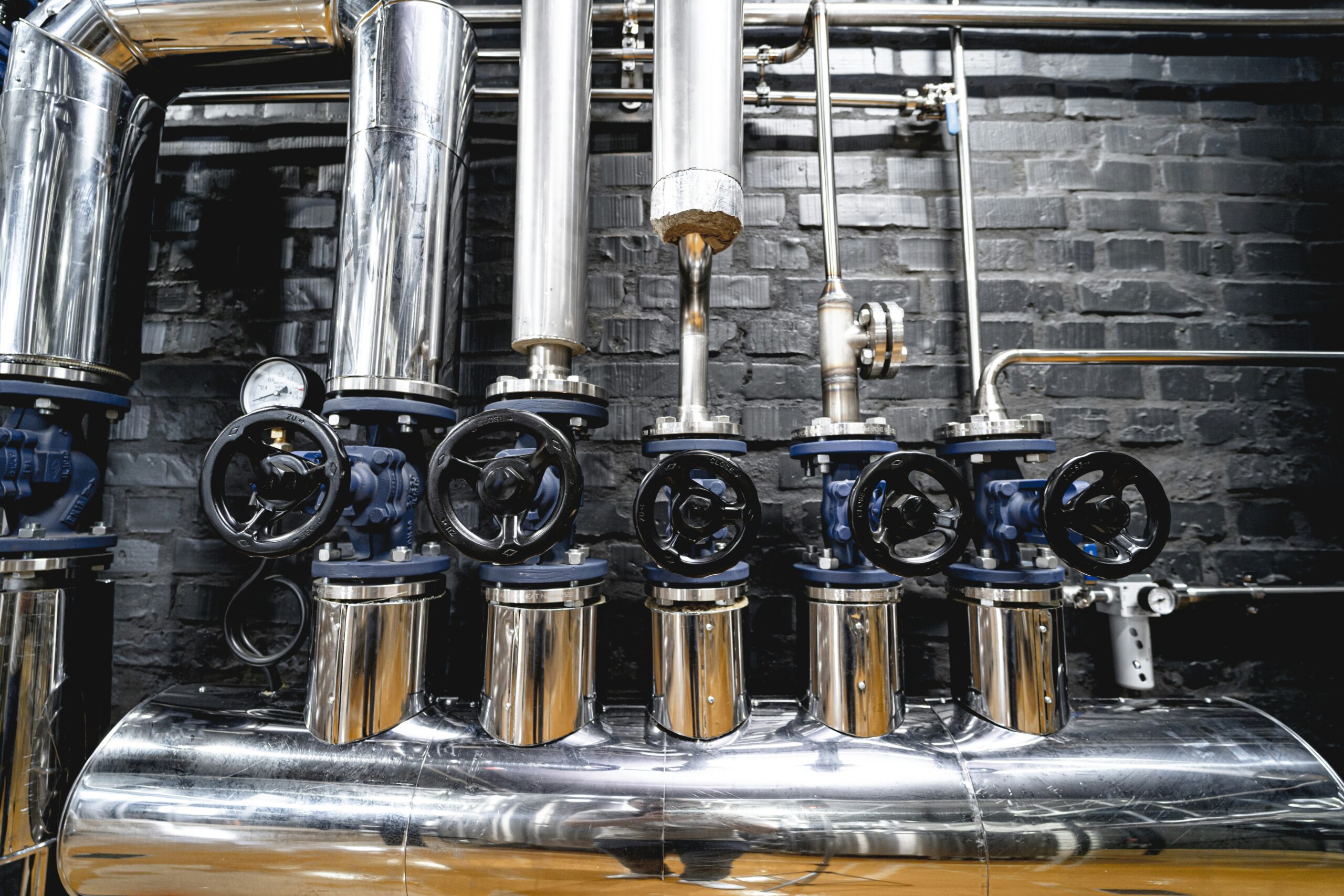
Tucked within the landscapes of America’s industrial past lies a remarkable testament to human ingenuity: the Sim Corder/Harrison Mill. This structure is not simply a relic of bygone days; it stands as a symbol of timeless innovation, blending mechanical mastery with architectural finesse. The mill’s story is one of visionary engineering, economic enterprise, and the enduring spirit of invention that propelled America into the modern age.
An Era Defined by Ambition
The late 19th century was an age of transformation. Across the United States, rural communities blossomed into industrial hubs. Amid this revolution, mills like Sim Corder/Harrison emerged as economic growth engines, driving local prosperity and technological advancement. What makes this particular mill exceptional is its output and remarkable engineering innovations that placed it ahead of its contemporaries.
Constructed during a period when mechanization was rapidly reshaping industries, the Sim Corder/Harrison Mill harnessed cutting-edge technology for its time. It epitomized the shift from small-scale, manual operations to large-scale, efficient manufacturing systems. The building’s architecture, with its high ceilings, robust timber framing, and carefully calculated load-bearing walls, reflects the meticulous planning of engineers and builders who understood the importance of marrying form and function.
The Inner Workings of Genius
Its mechanical core was at the heart of the Sim Corder/Harrison Mill. Driven initially by water power and later augmented with steam engines, the mill’s machinery was a marvel of precision engineering. The gearing systems were meticulously crafted to optimize energy transfer from the waterwheel to the grinding stones, saws, and other processing equipment. Each cog, wheel, and shaft was designed to perform a function with maximum efficiency and minimum waste.
This mechanical brilliance extended to innovations in the mill’s processing lines. Unlike many mills that relied on labor-intensive manual transport of materials between different floors, the Sim Corder/Harrison Mill incorporated early versions of conveyor systems and mechanical lifts. These innovations enabled continuous workflows, reducing bottlenecks and allowing for higher production volumes. Such features anticipated the principles of modern industrial engineering and laid the groundwork for future advancements in manufacturing.
Building Materials and Architectural Triumphs
Beyond its mechanical marvels, the mill’s physical structure also tells a story of technological foresight. The builders selected materials that balanced durability with availability. Massive wooden beams, sourced from local forests, provided the necessary strength to support heavy machinery. The design incorporated brick and stone in key load-bearing sections, enhancing the building’s resistance to vibrations caused by the powerful engines and milling operations.
Large windows flooded the interior with natural light, a critical feature in an era before electric illumination was widespread. These windows not only improved working conditions for laborers but also reduced the risk of fire, a constant threat in mills where fine dust from flour or sawdust could ignite from sparks or friction.
Equally impressive was the mill’s approach to safety. Fire suppression systems, rudimentary but advanced for their time, were installed to protect both workers and valuable machinery. Ventilation shafts were integrated into the design to expel dust and fumes, reducing health risks and creating a more tolerable working environment. These considerations reflect an early awareness of industrial safety standards, placing the mill ahead of its contemporaries.
A Hub of Community and Commerce
Beyond the mechanics and architecture, the Sim Corder/Harrison Mill shaped its surrounding community. Mills were often the economic lifeblood of small towns, and this mill was no exception. It provided employment, fostered local commerce, and drew in traders, farmers, and artisans. Products processed at the mill—lumber, flour, or textiles—were distributed across regional markets, linking the community to the broader national economy.
The mill also became a social center. People gathered not only for business but also for conversation and connection. News, gossip, and ideas flowed as freely as the water powering the mill. In this way, the mill served both practical and cultural functions, reinforcing the sense of community that characterized American towns during the Industrial Age.
Legacy of Innovation
Technological progress eventually rendered many historic mills obsolete, but the Sim Corder/Harrison Mill remains an enduring symbol of innovation. Its design principles, mechanical systems, and architectural solutions continue to inspire engineers, historians, and preservationists alike. It stands as a reminder of a time when ingenuity and resourcefulness transformed not only industry but the fabric of society itself.
Today, efforts to preserve the mill ensure that future generations can experience its grandeur firsthand. Restoration projects seek to maintain the mill’s structural integrity while showcasing its remarkable machinery. Guided tours offer glimpses into the mill’s inner workings, allowing visitors to marvel at the craftsmanship and creativity that powered an entire era.
In an age where digital technologies often steal the spotlight, the Sim Corder/Harrison Mill reminds us that some of humanity’s most significant innovations are rooted in gears, beams, and waterwheels. It tells a story not merely of production but of vision—a vision that pushed the boundaries of what was possible and helped lay the foundation for the industrial world we inhabit today.
The Sim Corder/Harrison Mill legacy is timeless because it captures the essence of human progress: curiosity, determination, and the desire to build something enduring. Long after its machines have fallen silent, its influence echoes in every modern factory, every architectural innovation, and every community bound together by shared industry. It remains an engineering marvel that transcends its time.